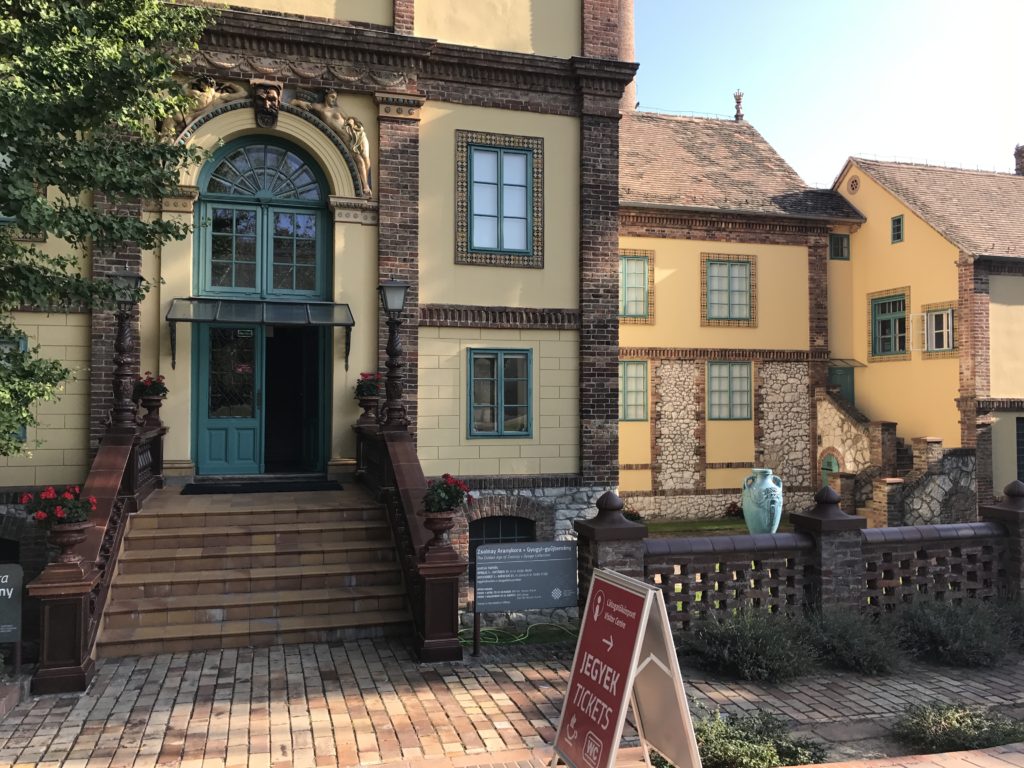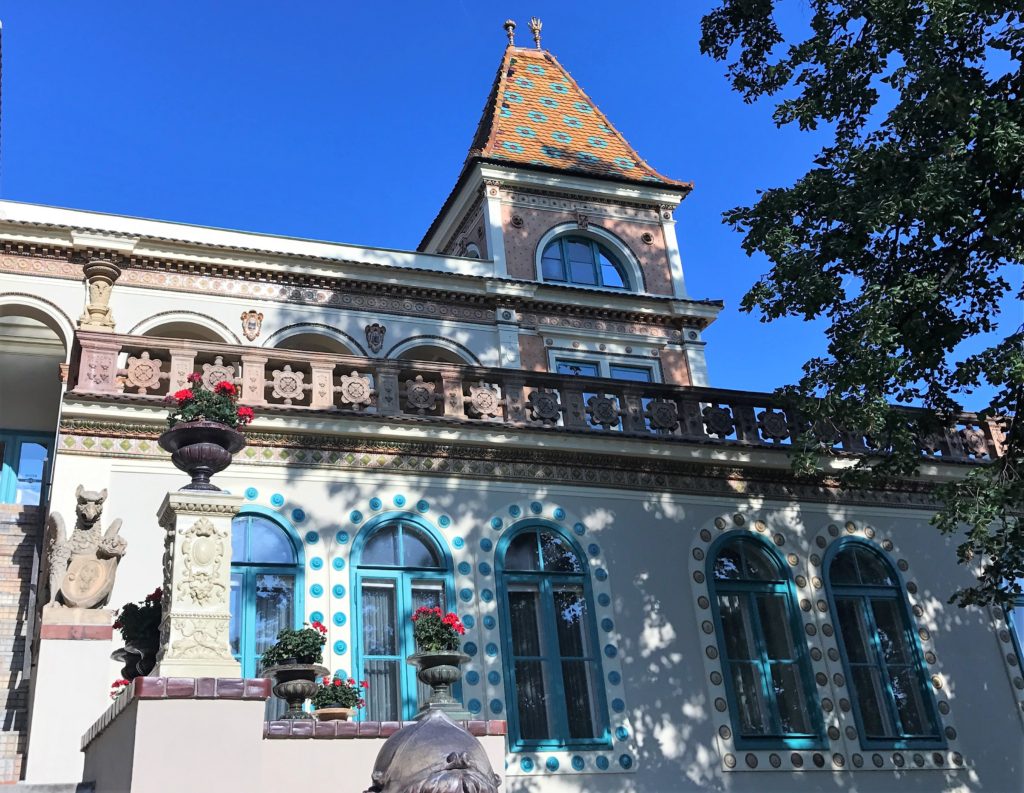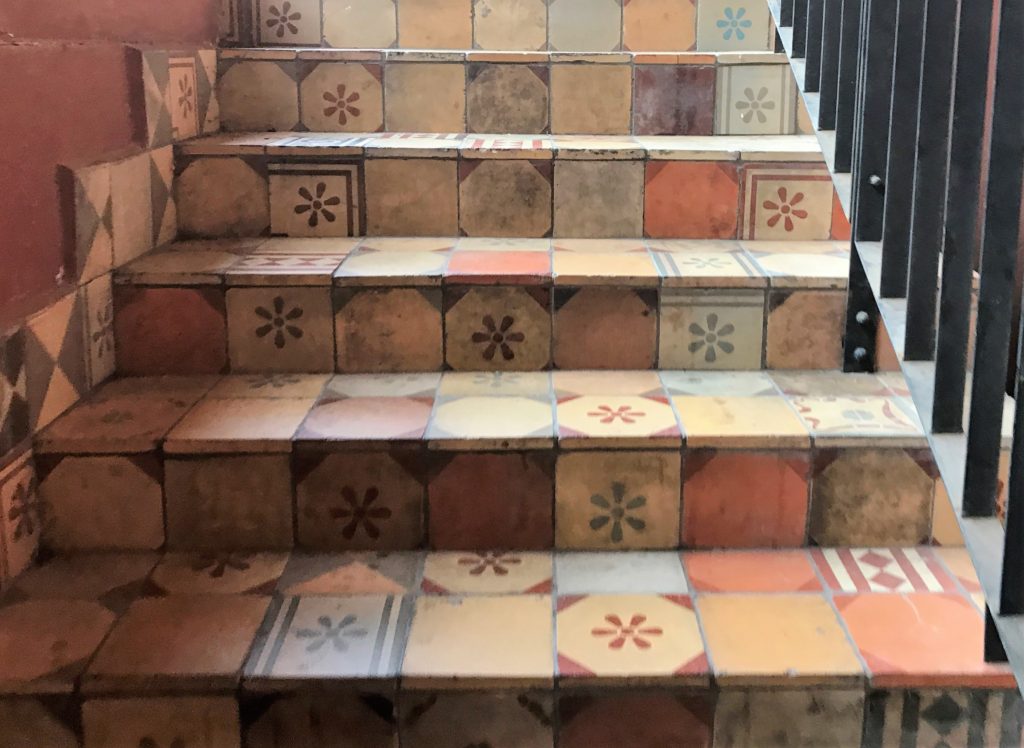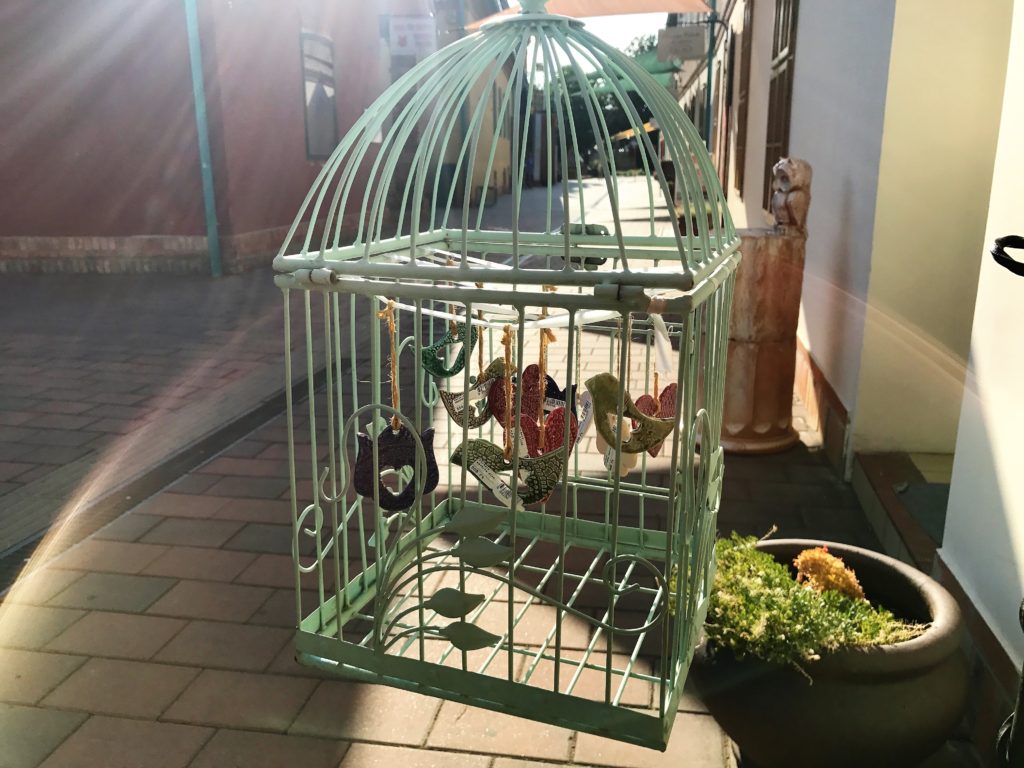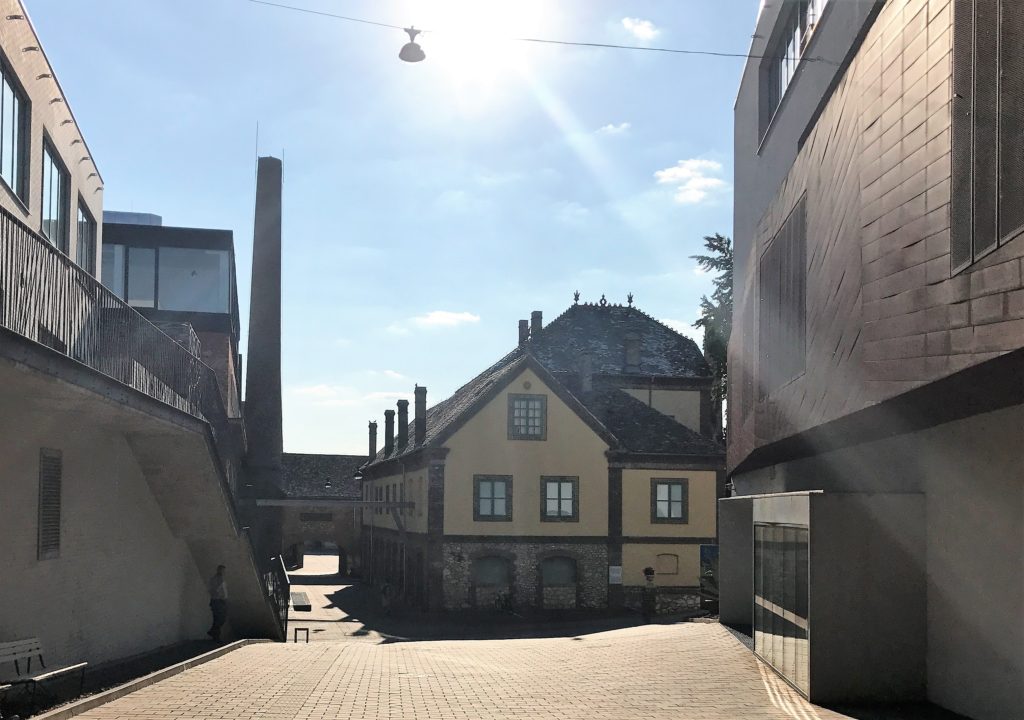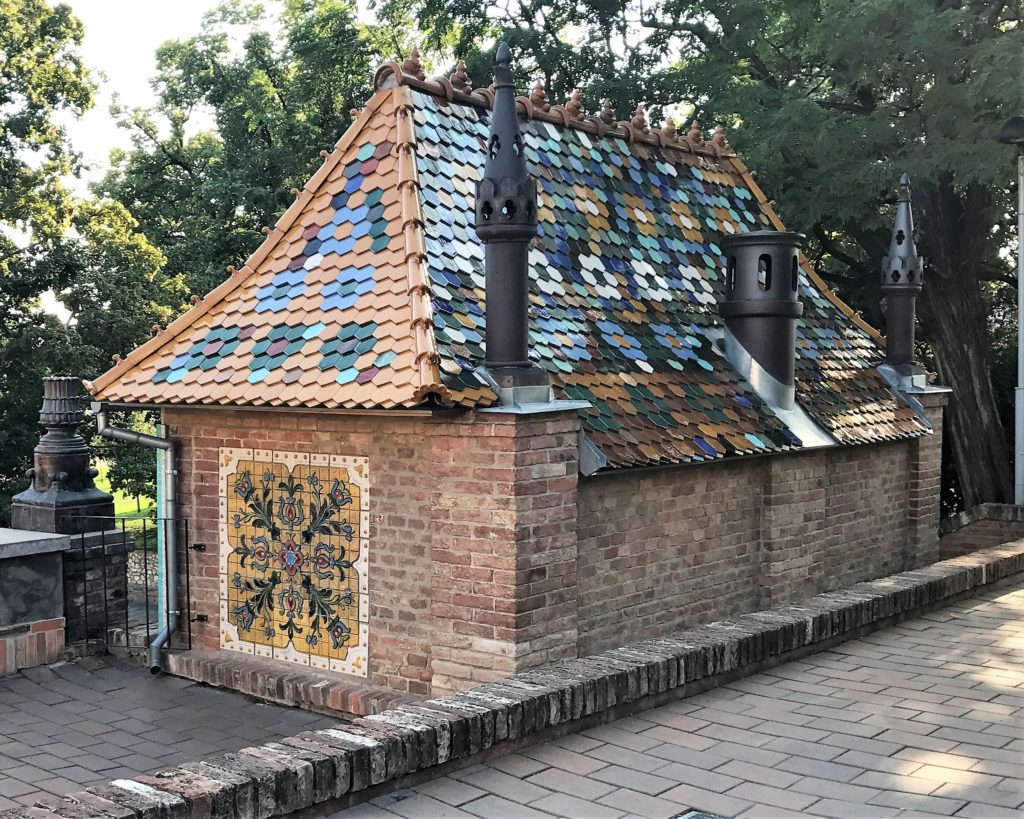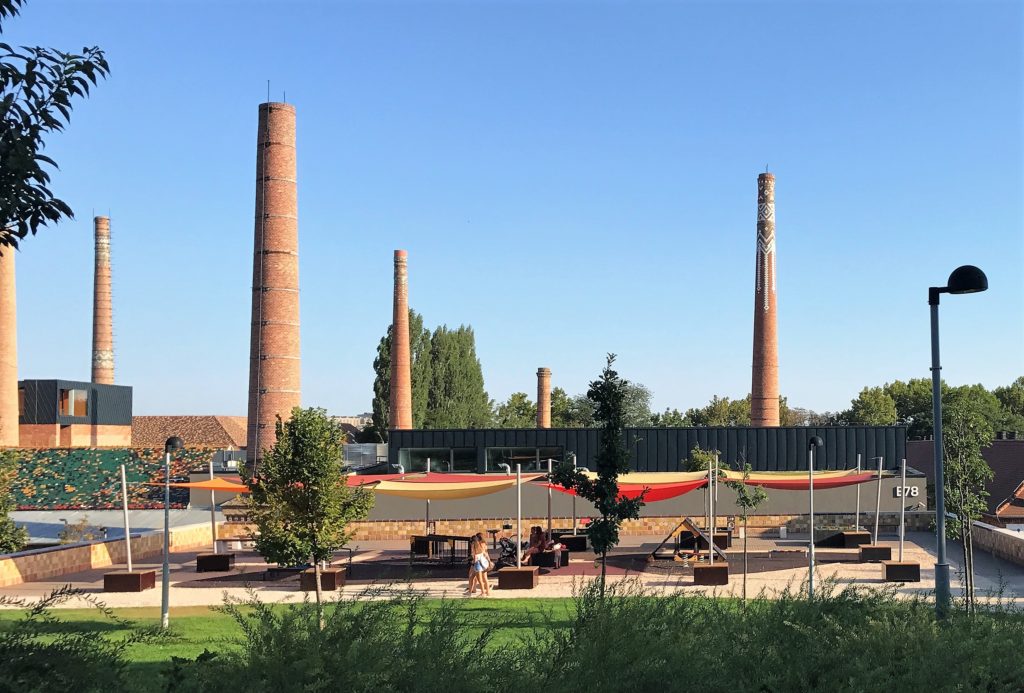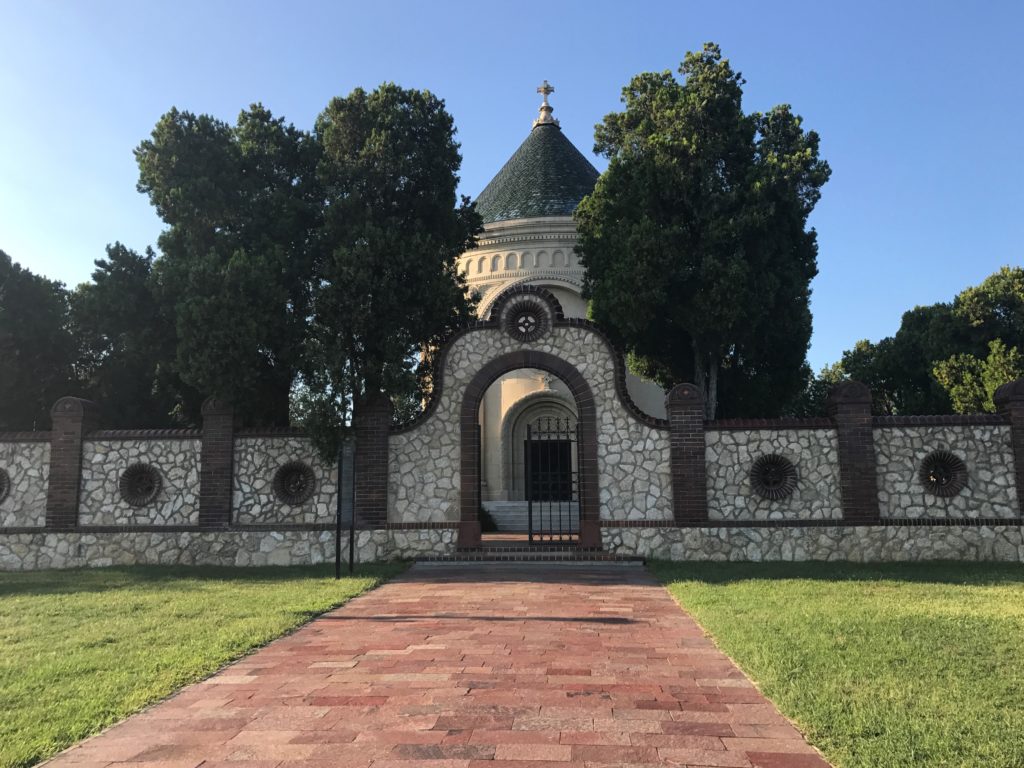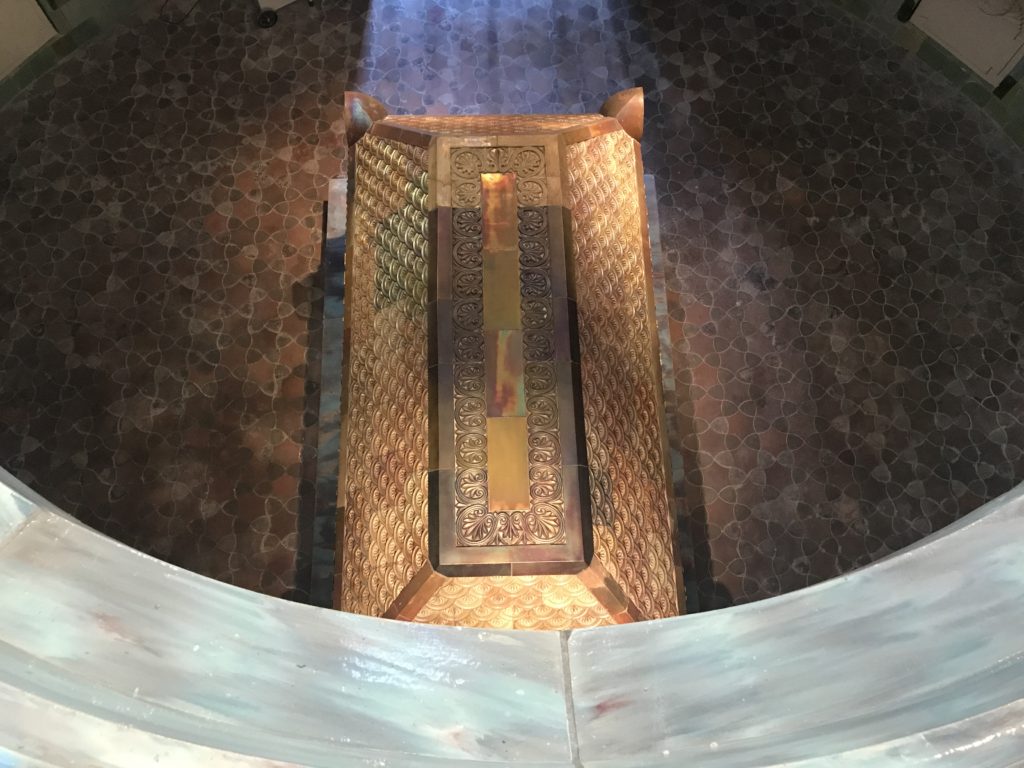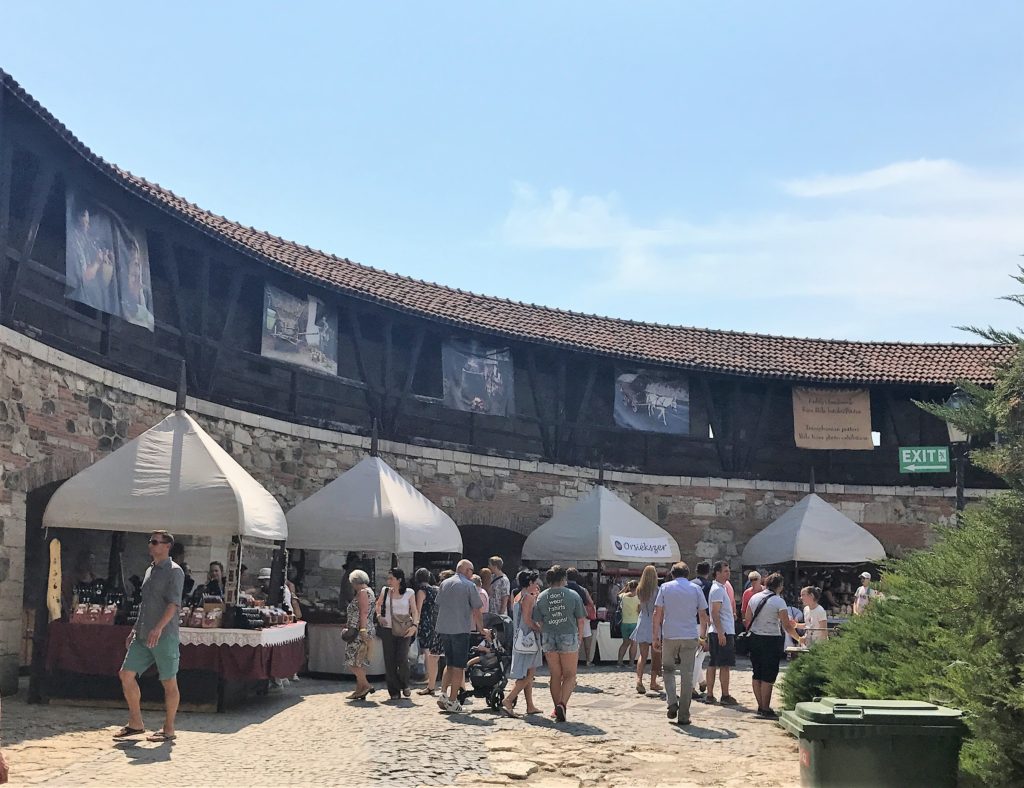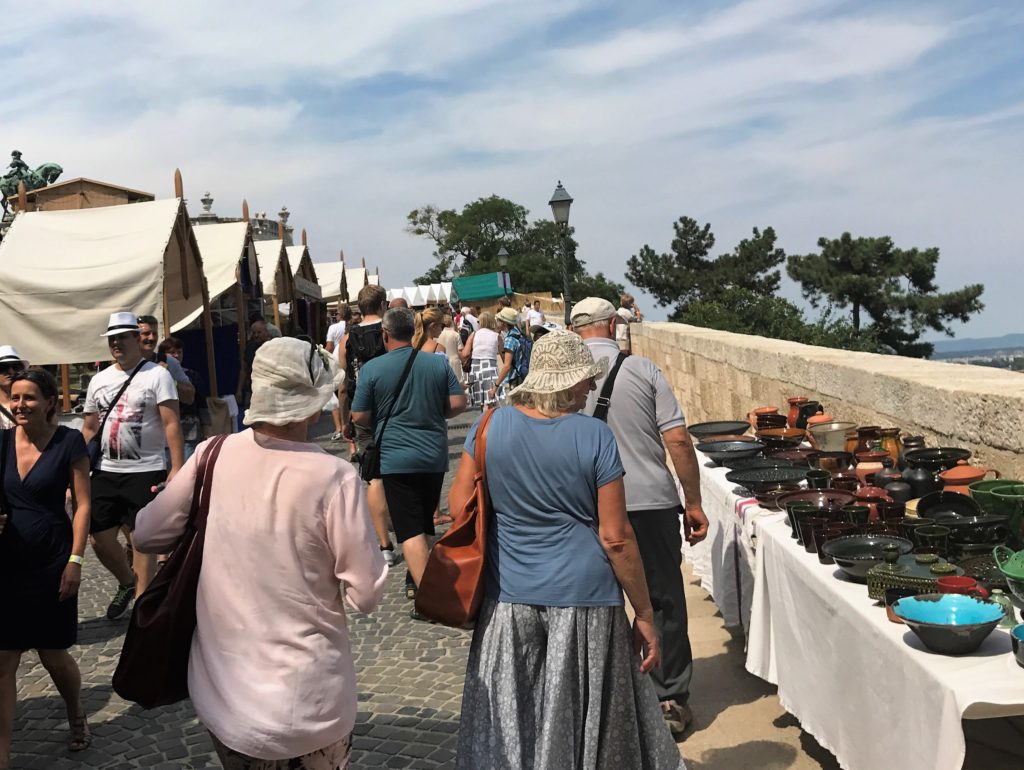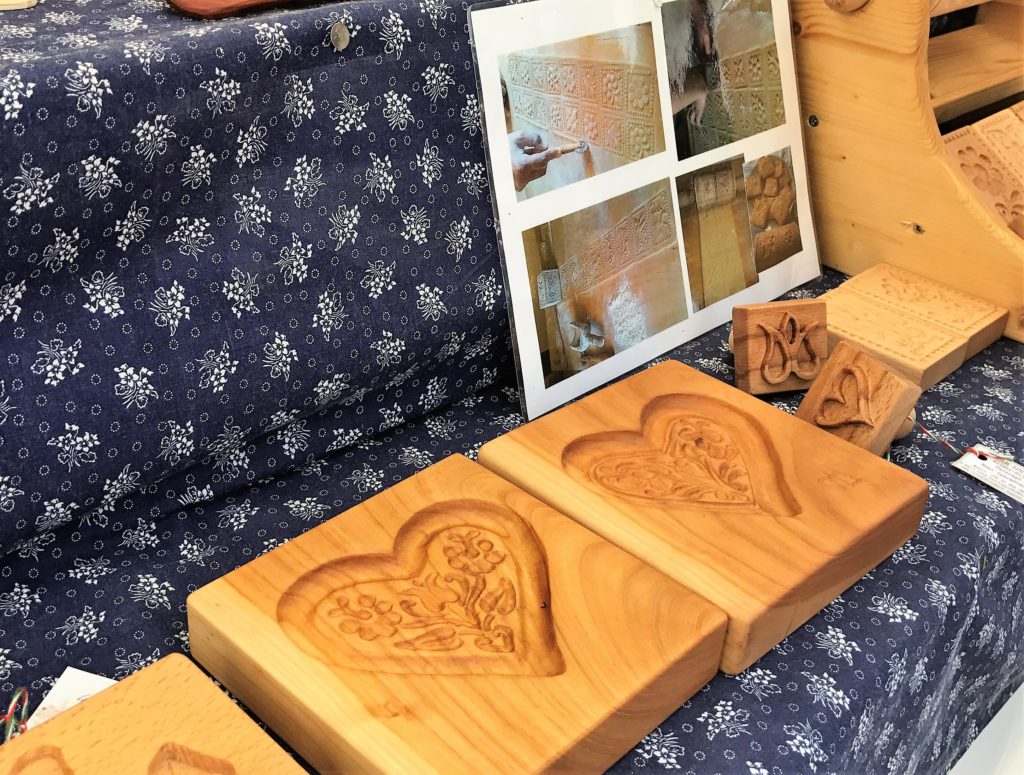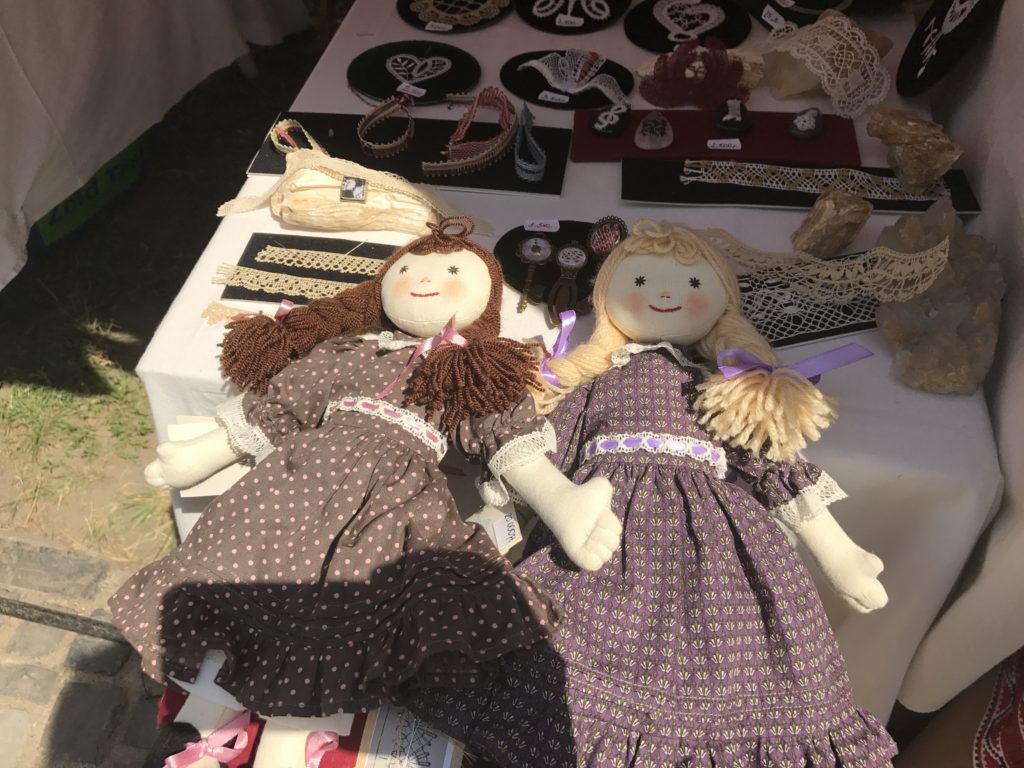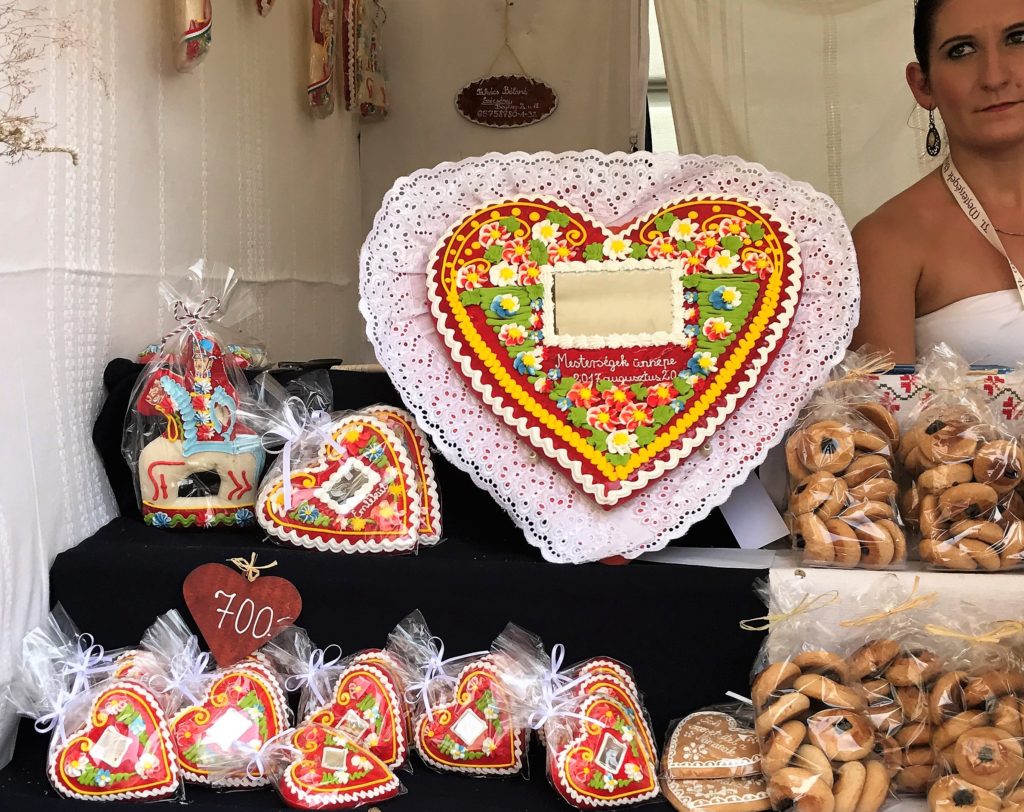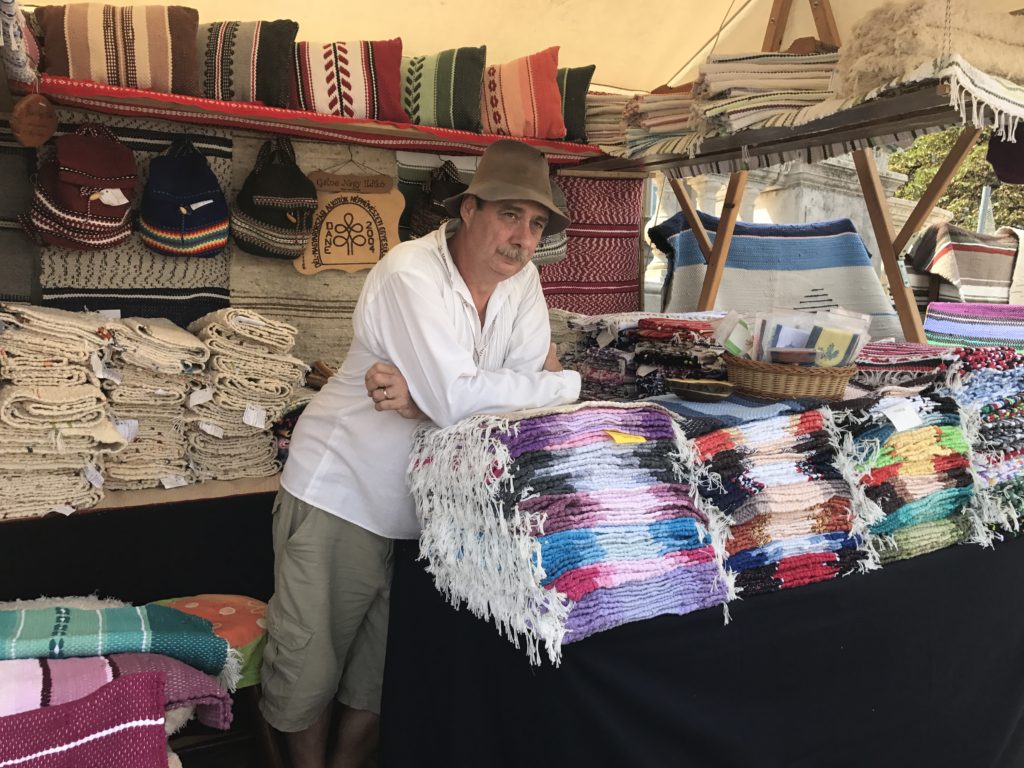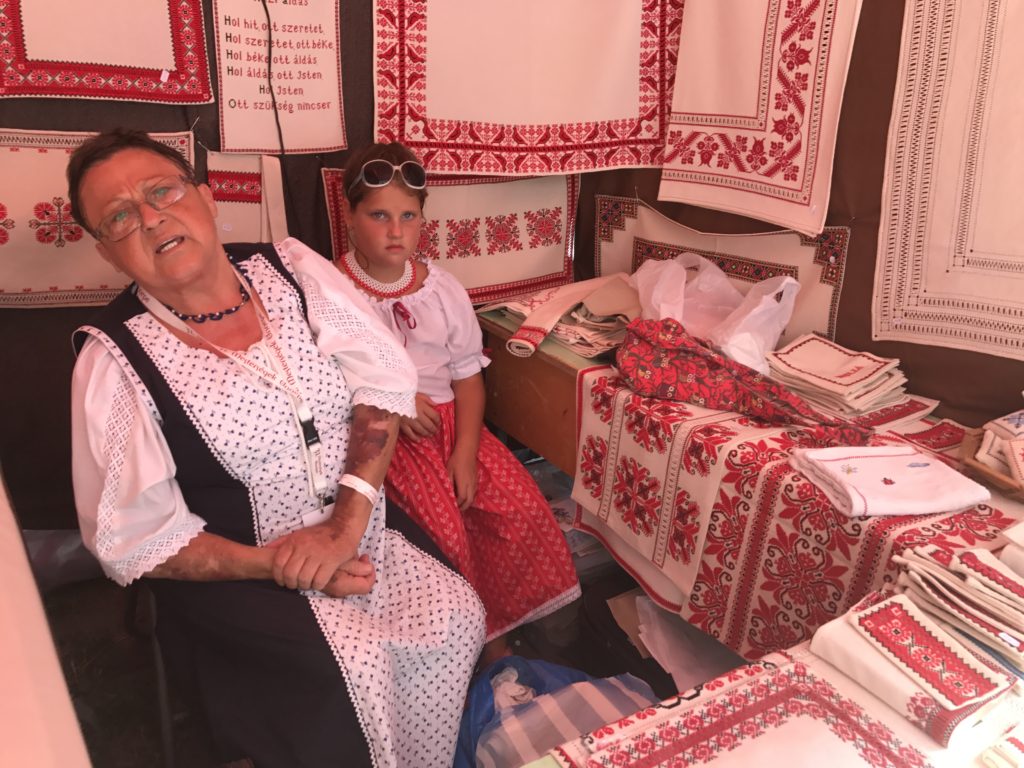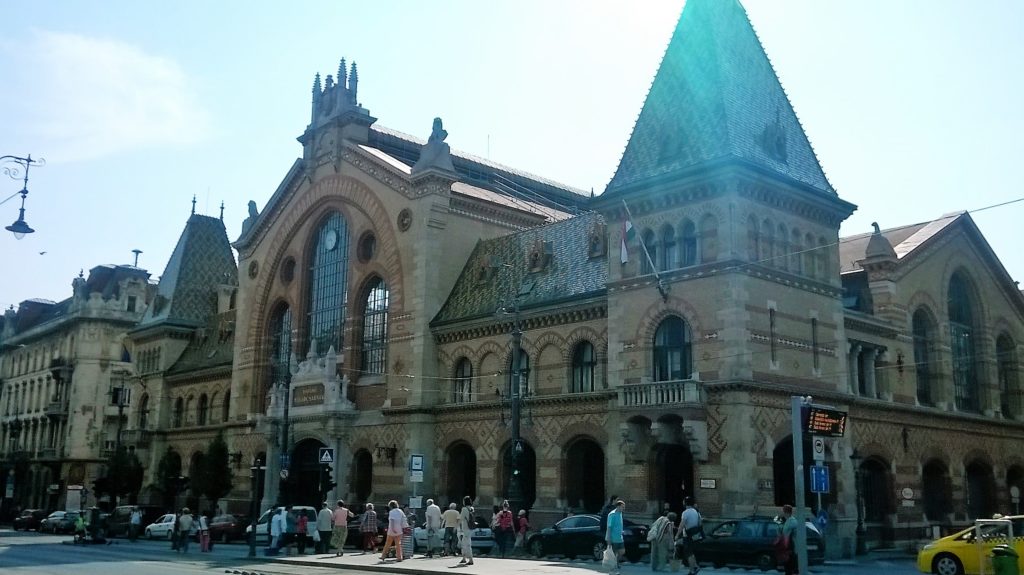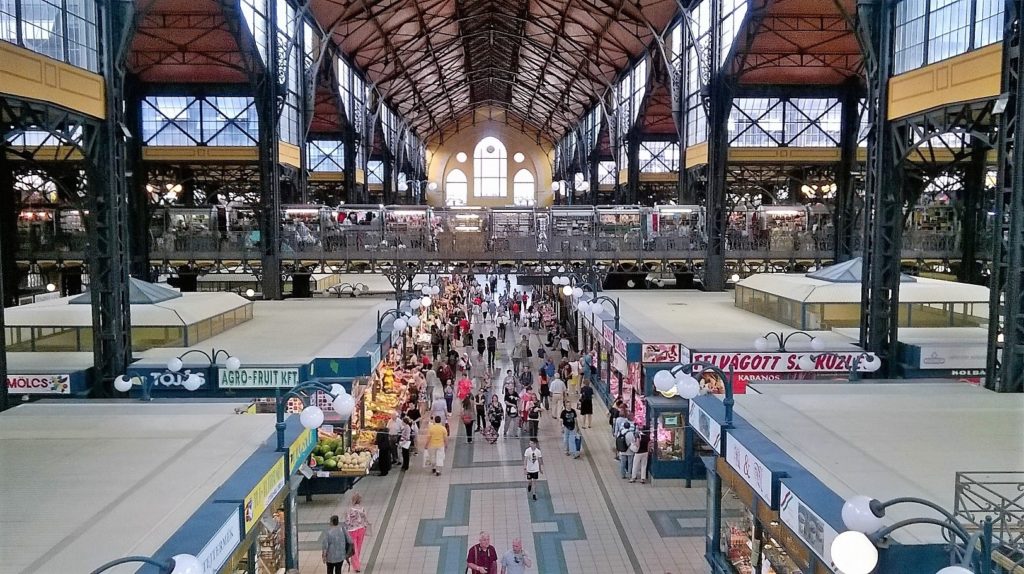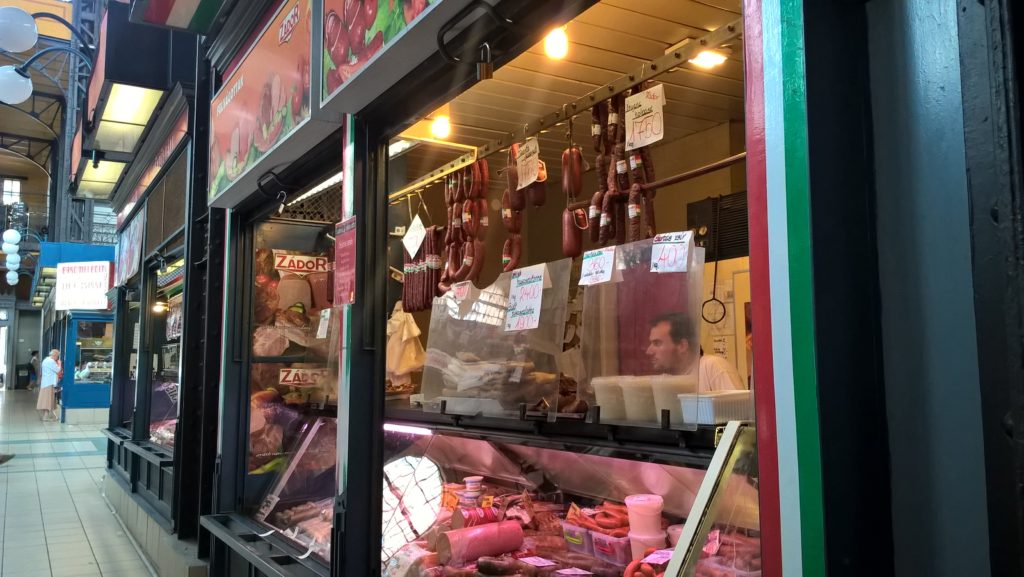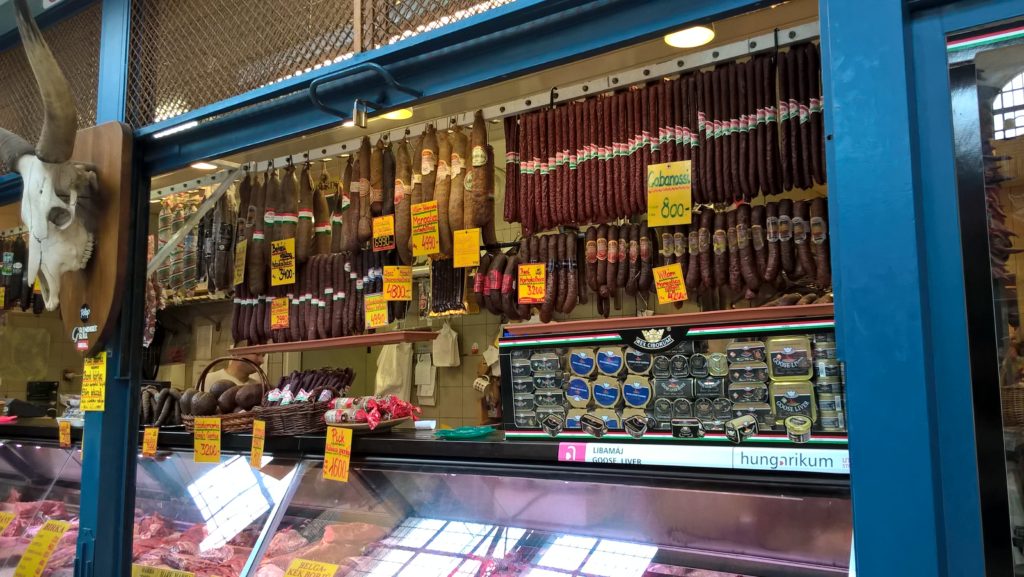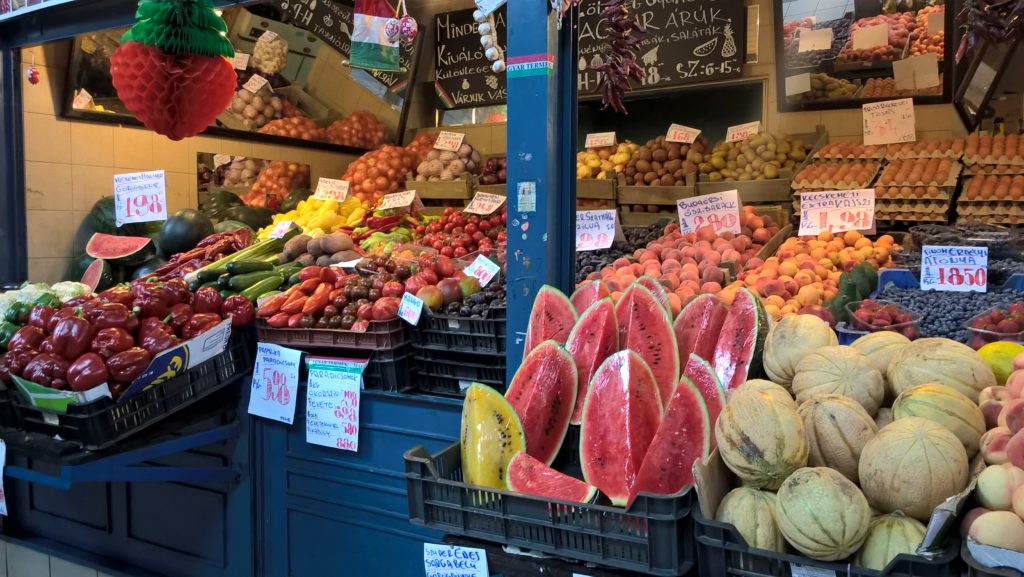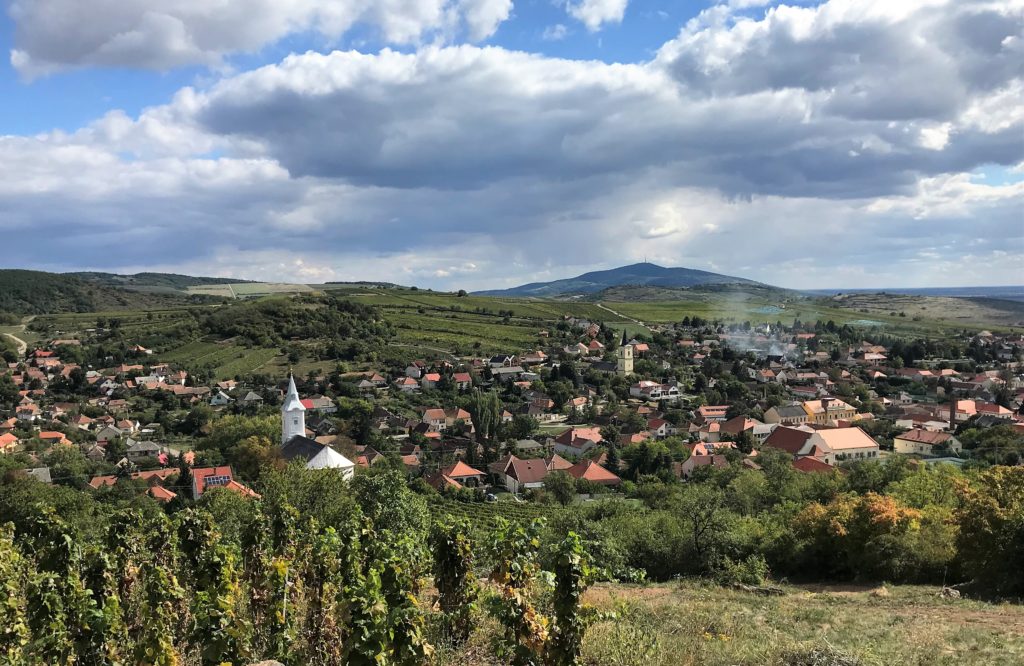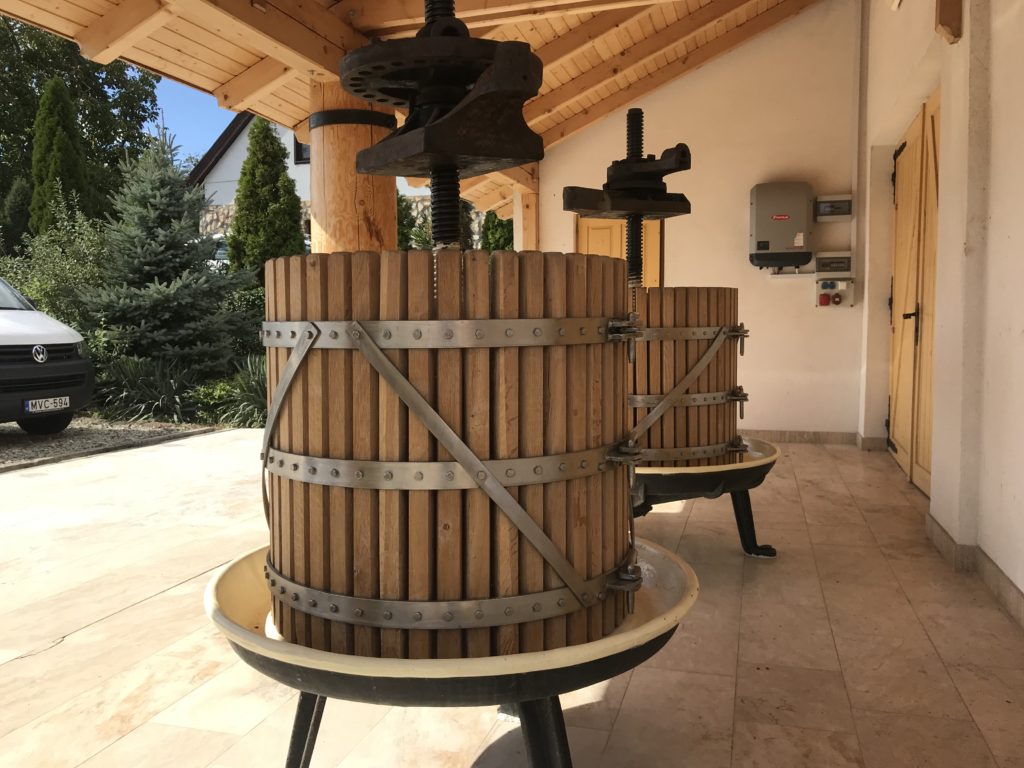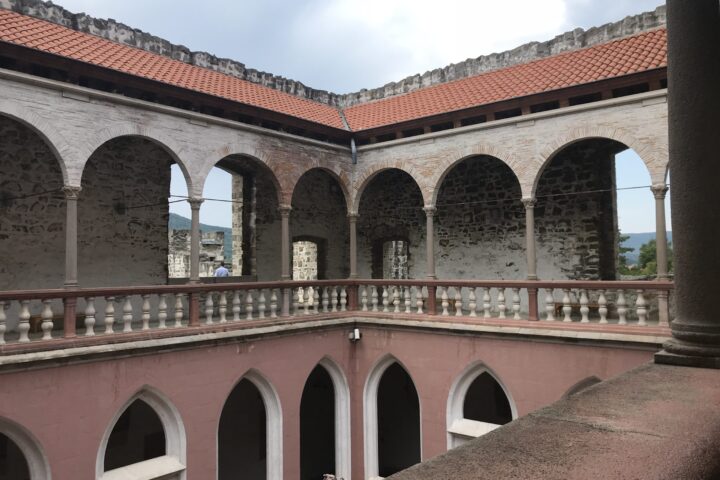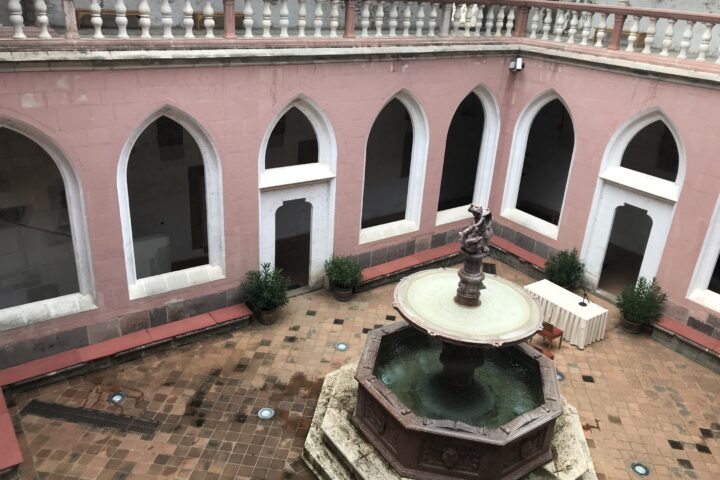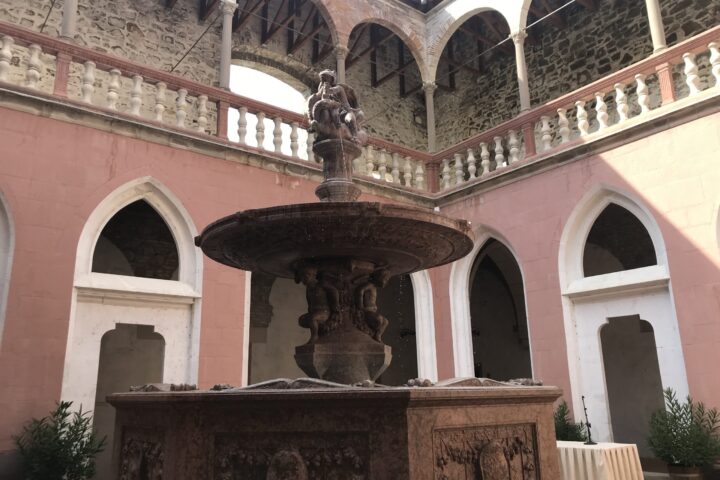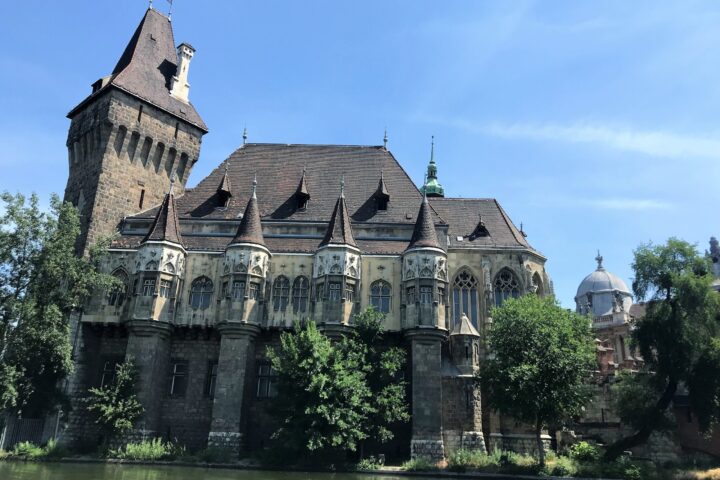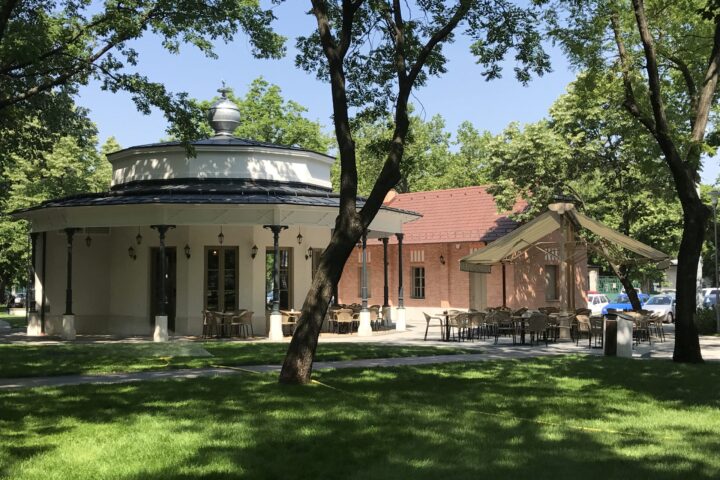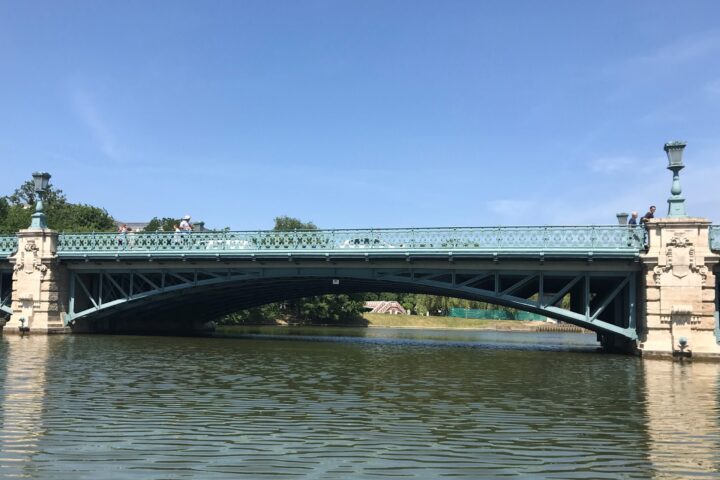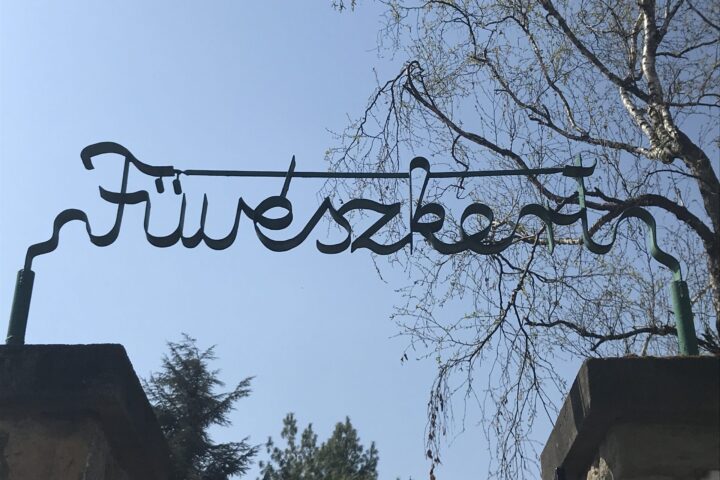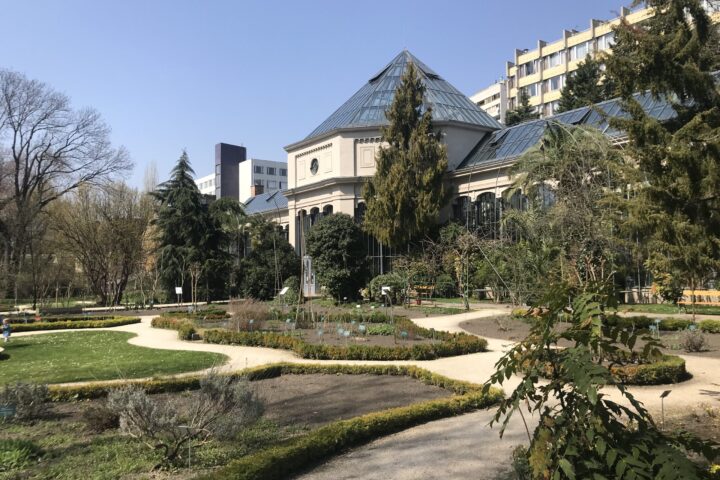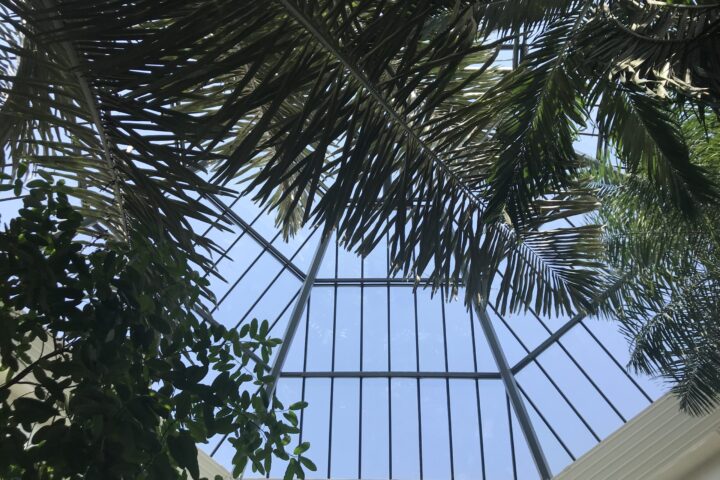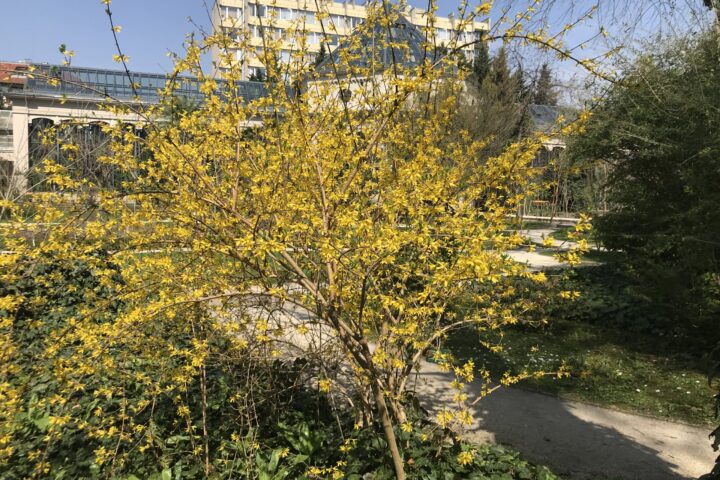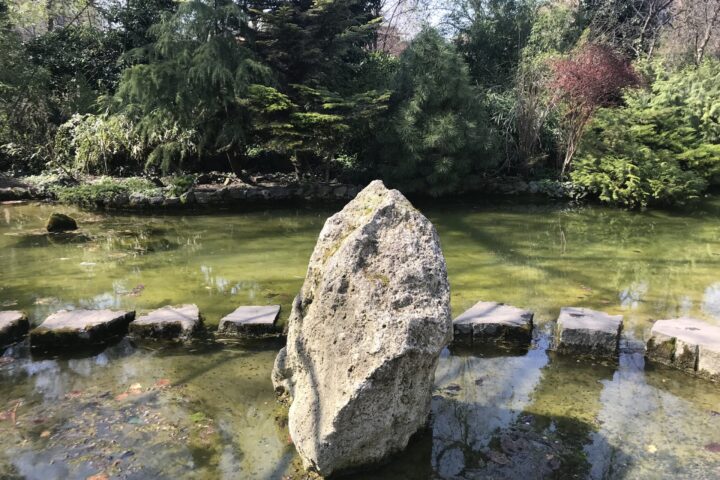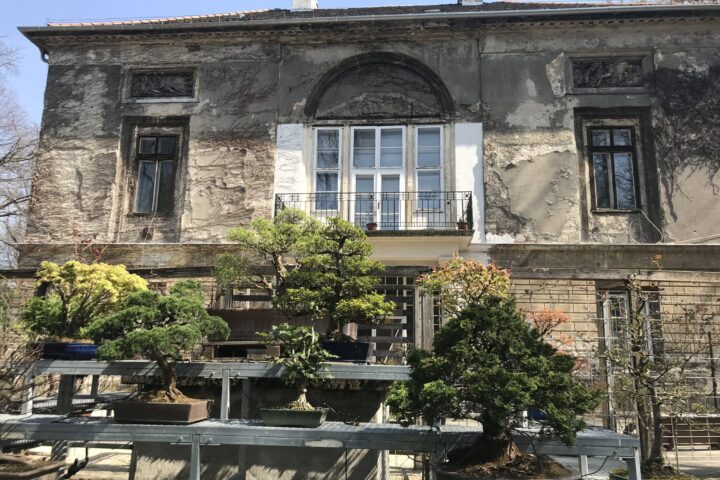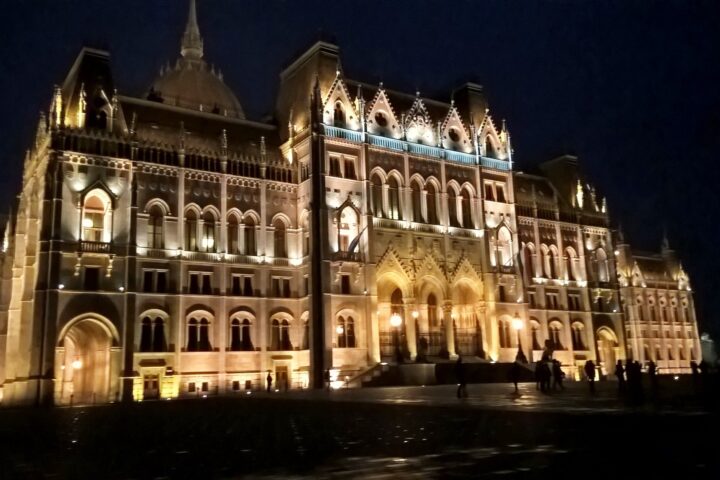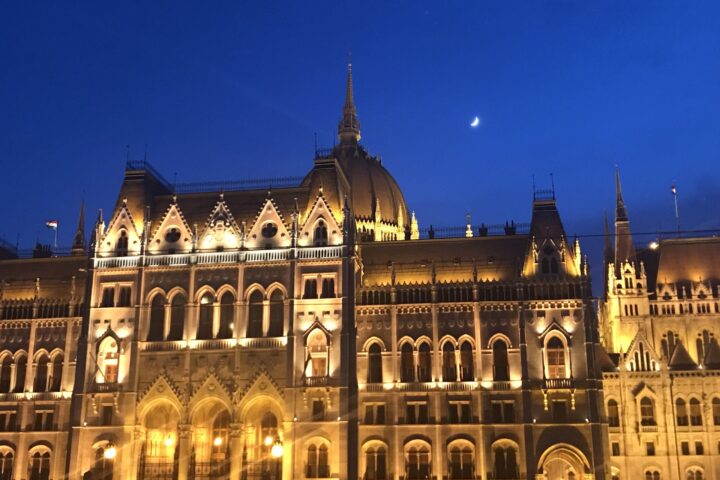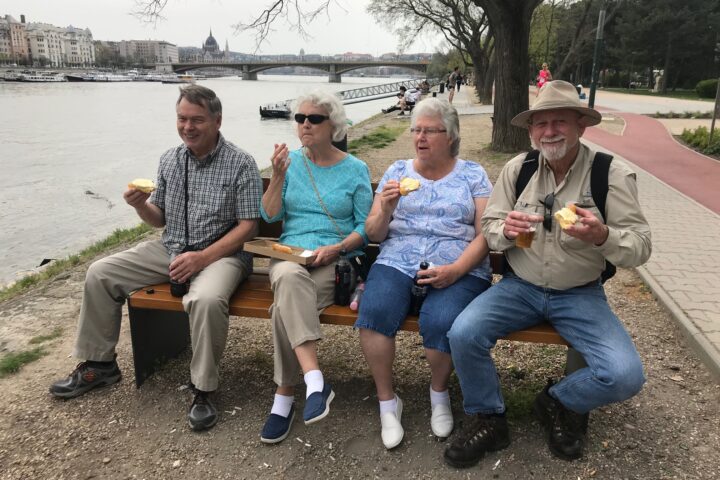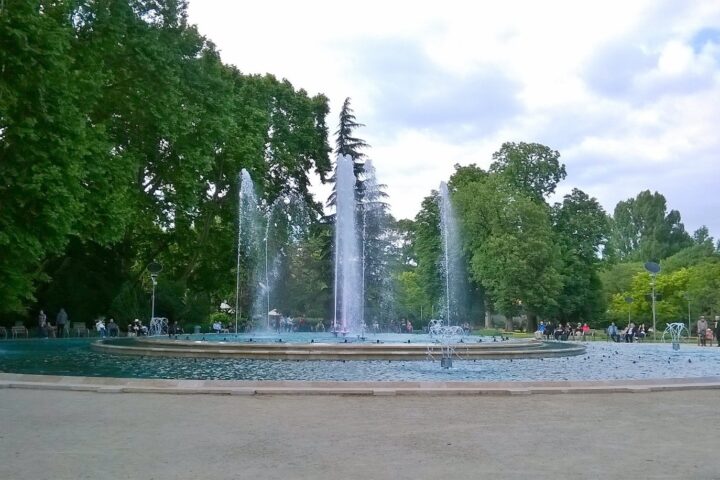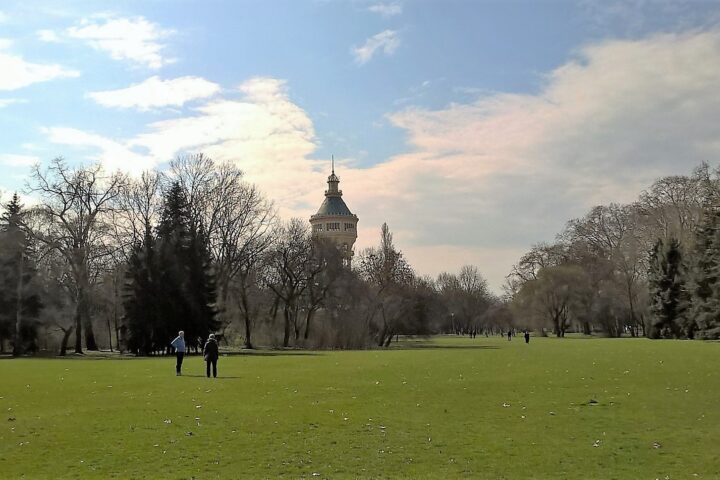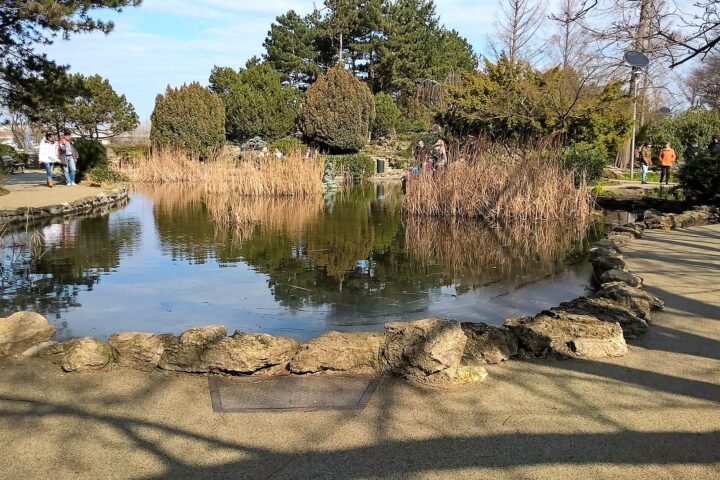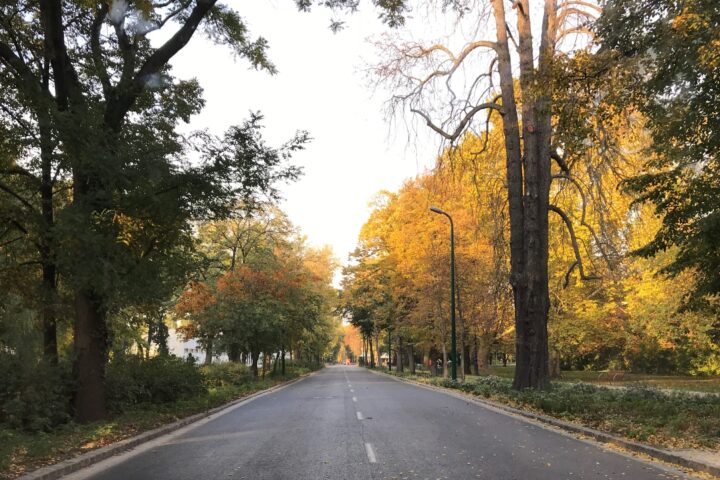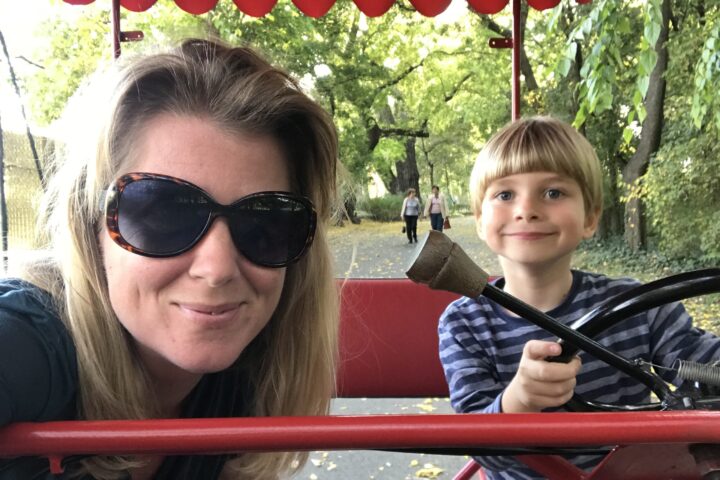Pécs is a really long drive from Budapest, but believe me it's worth the time and energy. A beautiful little town with so much history from as early as 2000 years ago, some rare relics and architecture from the Ottoman era, fascinating Baroque architecture and more. The visit of the Zsolnay Quarter is part of my Pécs and Villány tour, it's a unique experience if you would like to learn more about Hungarian ceramics and porcelain and Vilmos Zsolnay, the greatest figure of Hungarian pottery. The Zsolnay project was a monumental industrial historic building reconstruction project in the original factory plant exceeding 5 hectares. The main aim was to create a lively cultural center to commemorate the Zsolnay heritage and to recreate the factory plant an attractive cultural district with the operating production also being part of the plant. You can have a look at the special collections of the Handicraft / Artisan and Creative districts or enjoy the facilities of the Children and Family district.
Pécs is a really long drive from Budapest, but believe me it’s worth the time and energy. A beautiful little town with so much history from as early as 2000 years ago, some rare relics and architecture from the Ottoman era, fascinating Baroque architecture and more.
The visit of the Zsolnay Quarter is part of my Pécs and Villány tour, it’s a unique experience if you would like to learn more about Hungarian ceramics and porcelain and Vilmos Zsolnay, the greatest figure of Hungarian pottery.
The Zsolnay project was a monumental industrial historic building reconstruction project in the original factory plant exceeding 5 hectares. The main aim was to create a lively cultural center to commemorate the Zsolnay heritage and to recreate the factory plant an attractive cultural district with the operating production also being part of the plant.
You can have a look at the special collections of the Handicraft / Artisan and Creative districts or enjoy the facilities of the Children and Family district.
